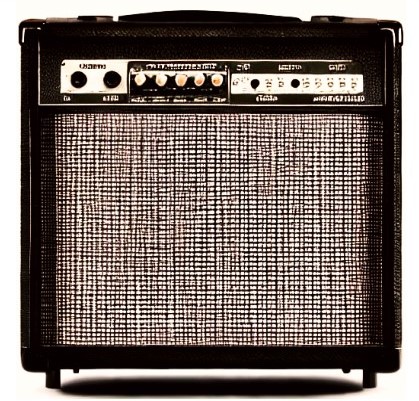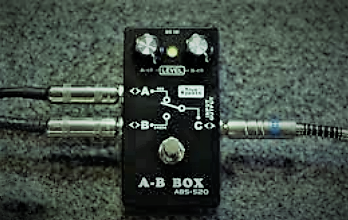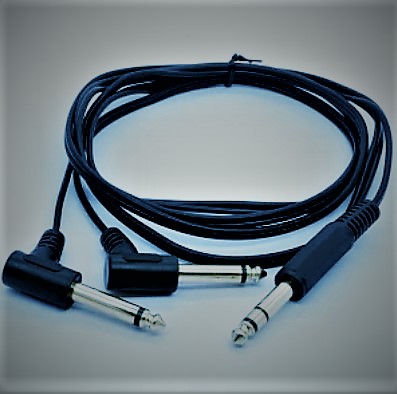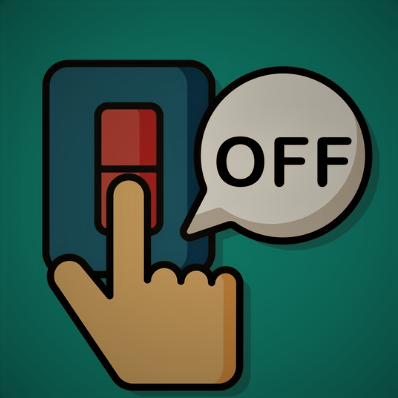How to Plug Two Guitars into One Amp|Quick Hacks
Figuring out how to plug two guitars into one amp can take time and effort. The connection of two guitars to one amplifier is attainable, but the right accessories and techniques are needed.Understanding how to set up and use the components is important.
Both guitars must have equal sound levels. Anybody can join and use dual guitars with a single amplifier with the necessary knowledge. An A/B box is needed to connect two guitars to a single amplifier. Just plug the first guitar—the entrance of the divider cable or A/B box.
Link the exit of the divider cable or A/B box to the amplifier. Subsequently, plug the second guitar into the other opening of the splitter cable or A/B box. Doing this allows us to switch backward and forward between both guitars, which will be reinforced through the same amplifier. Note that depending on which type of divider cable or A/B box is used. Adjust the sound for each instrument to stop one from outshining the other.
Contents
Confirm the amp has two input ports

Assure the amplifier is equipped with two input ports before associating any instruments. It is a crucial step to insert both guitars. It necessitates two input ports.
Multiple amplifiers come with two input ports, one for every channel. Two entry ports without utilizing any converter. Merely double-check previous to starting off to verify everything is organized and ready!
A/B Box

An A/B switch is a practical device connecting two guitars to one amplifier.Two inputs and one output are present in it. It helps to allow exchange between the guitars while amplified through the same amp. Connect one guitar to input A and the other to input B, then link the output of the AB switch to the amplifier.
The A/B switch makes it possible to toggle between the two guitars. They are both being sounded without hassle. An AB switch is a valuable tool that enables to change between two guitars.
By connecting multiple amplifiers, users can easily switch between them. Plugging and unplugging cords are not necessary. Just a quick flip of the switch, and it’s prepared! This is ideal for guitarists who want to transition between guitars during a performance or those who need alternate options.
Employ a Y-lead

It is always advantageous to experiment with a twisted guitar cable for a guitarist. These cables offer plenty of advantages over traditional cables. Providing additional protection from distractions and physical damage and a lasting, resilient look.
The braided external covering produces a safeguard against electronic sound. Ensuring that the signal stays strong and reliable. Braid your cable to reduce tangles, making it simple to keep track of when traveling.
Whether playing live, recording in the studio, or exercising in the house, a twined guitar cable is prudent for any guitar player. To join two guitars to the same amplifier, employ a Y-lead. This Y-lead gadget connects one guitar to two amp inputs and separates the signal. Two guitars can play simultaneously. It’s convenient, practical, and incredibly easy to use!
Observe for aberrant intensities

Stay watchful for abnormal levels when both guitars are hooked up to one amplifier. It isn’t necessary to have one guitar playing loudly while the other is nearly inaudible.
Adjusting the volume slightly can help create a harmonious, unified sound across both channels.
Ensure the amplifier has input before connecting guitars. Several amps only possess one port.
Turn off one guitar when not in use

While playing someone else guitar with an amplifier. Turn off the other guitar which is connected but not used. It will prevent unwanted feedback or audio issues. Besides all, it feels a smoother performance.
Electricity supply for guitar amplifier

The normal range of an amplifier is 100-200 watts/hour. With the ongoing proliferation of guitar amplifier models and styles, users face the challenge of finding an appropriate electricity supply. Fortunately, modern guitar amplifiers are built to be compatible with most electrical supplies and brands, so it is often simply a matter of plugging in your device to receive the required electricity. Many instruments now come with power adaptors or socket converters delivered in the box, allowing people to easily access their preferred level and types of electricity supply while enjoying the performance they love.
To summarize, Join two guitars to a lone amplifier with dual input ports. Augmenting an A/B Box, a Y-cable, an AB Switch, or a splitter pedal can convert a single input amplifier into dual inputs. Plus, keep watch on each guitar’s volume level to avoid it from being too high or low. Bearing these tactics in mind, there won’t be any issues when alternating between guitars and utilizing one amping appliance.







